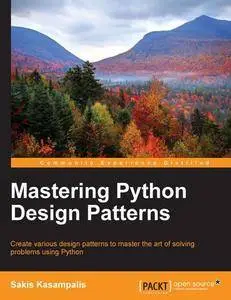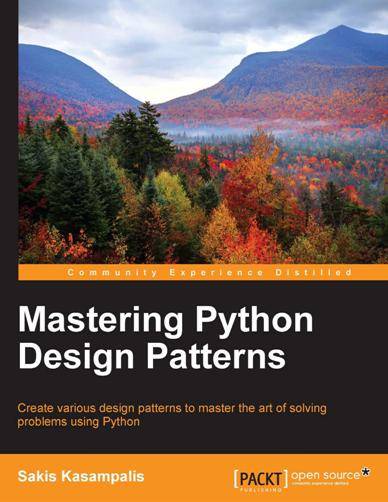Mastering Python Design Patterns
by Sakis Kasampalis
English | 2015 | ISBN: 1783989327 | 212 Pages | True PDF + Code Files | 2.2 MB
by Sakis Kasampalis
English | 2015 | ISBN: 1783989327 | 212 Pages | True PDF + Code Files | 2.2 MB
This book is for Python programmers with an intermediate background and an interest in design patterns implemented in idiomatic Python. Programmers of other languages who are interested in Python can also benefit from this book, but it would be better if they first read some introductory materials that explain how things are done in Python.
What You Will Learn:
- Explore Factory Method and Abstract Factory for object creation
- Clone objects using the Prototype pattern
- Make incompatible interfaces compatible using the Adapter pattern
- Secure an interface using the Proxy pattern
- Choose an algorithm dynamically using the Strategy pattern
- Extend an object without subclassing using the Decorator pattern
- Keep the logic decoupled from the UI using the MVC pattern
Python is an object-oriented, scripting language that is used in wide range of categories. In software engineering, a design pattern is a recommended solution to a software design problem. Although not new, design patterns remain one of the hottest topics in software engineering and they come as a ready reference for software developers to solve the common problems they face at work.
This book will take you through each and every design pattern explained with the help of real-world examples. The aim of the book is to introduce more low-level detail and concepts on how to write Pythonic code, not just focusing on common solutions as implemented in Java and C++. It includes small sections on troubleshooting, best practices, system architecture, and its design aspects. With the help of this book, you will be able to understand Python design pattern concepts and the framework, as well as issues and their resolution. You'll focus on all 16 design patterns that are used to solve everyday problems.



